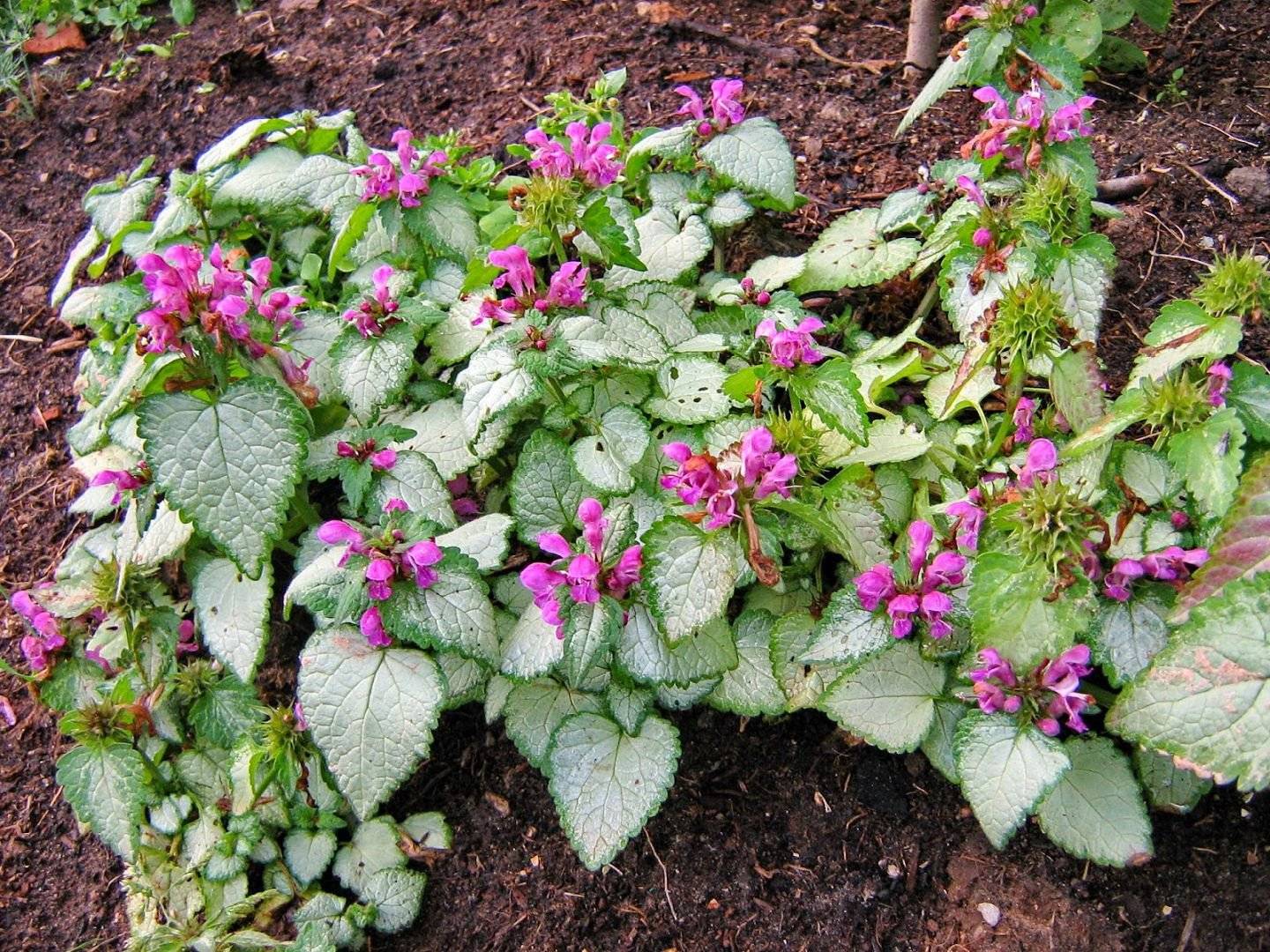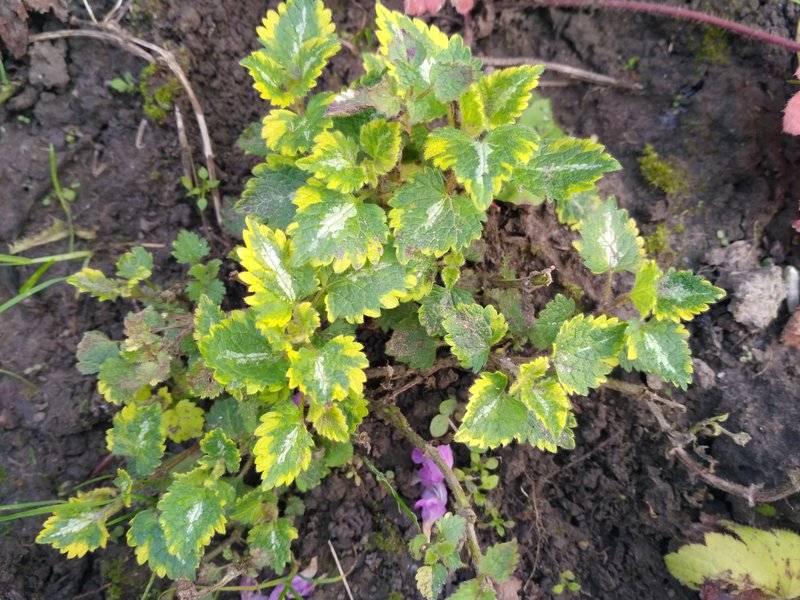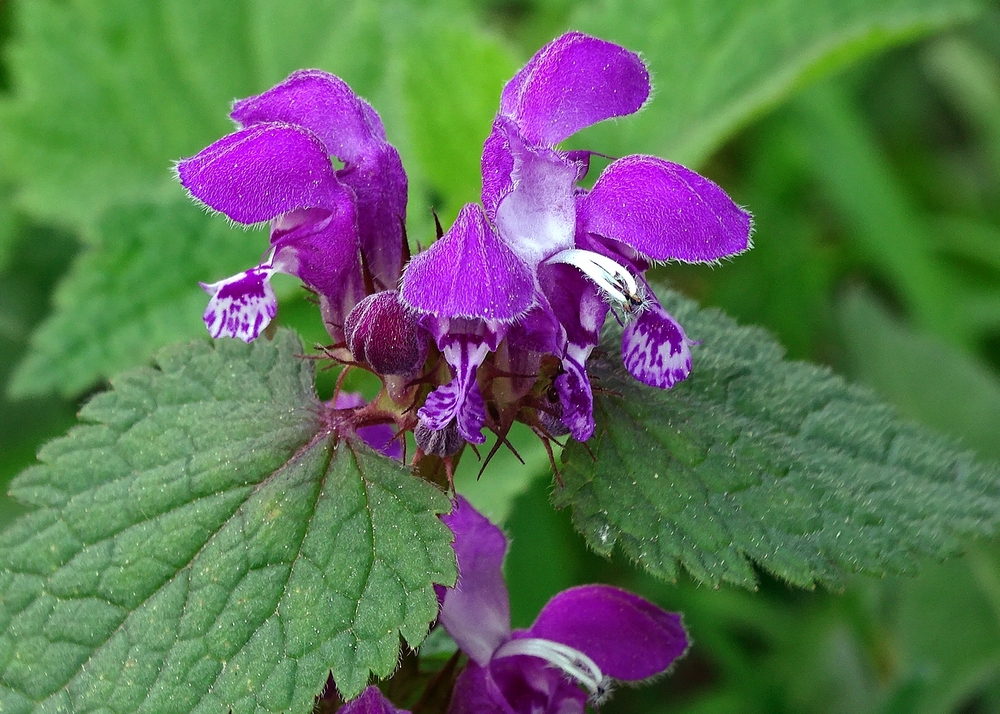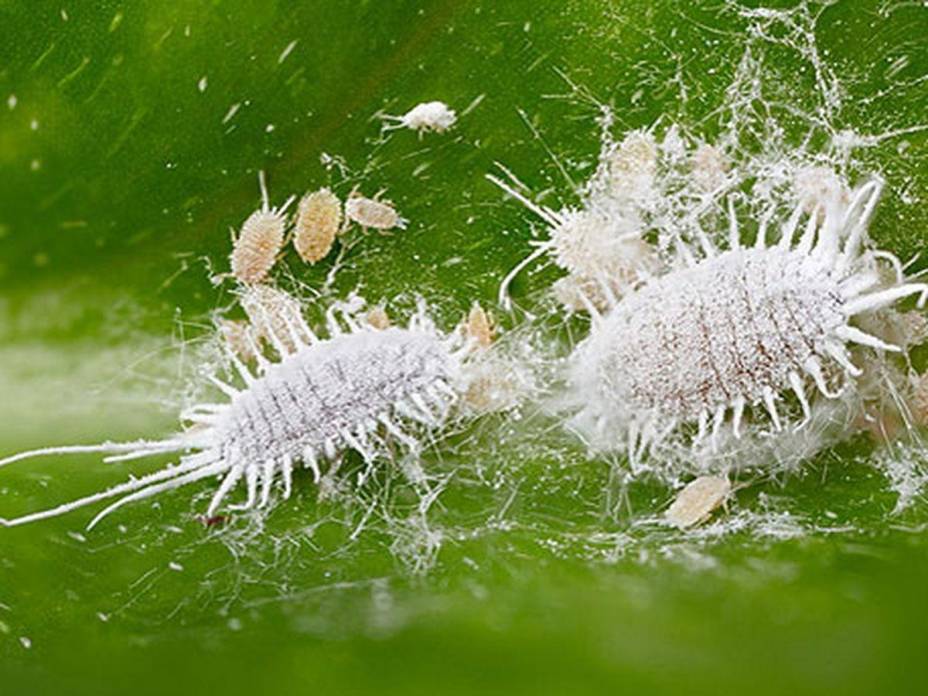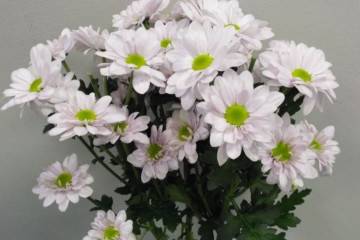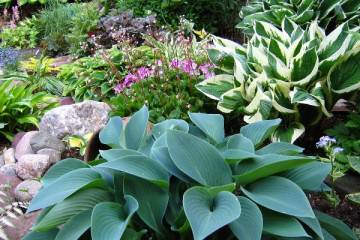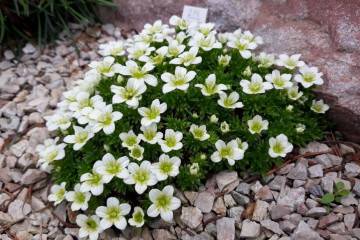Speckled lamb - planting and care
Content:
Speckled lamb is common in the countries of Eastern Europe, Asia, Africa, and is used for decorating flower beds. But some Russian gardeners mistake it for a weed. However, this is not true. The plant, somewhat reminiscent of nettle, is widely used in folk medicine and the formation of landscaping of the garden plot.
Speckled lamb - description of what species it belongs to
The plant is known as lamium maculatum and belongs to the Lamiaceae or Labiate family. It has the following properties:
- knotted stem, rising 15-20 cm;
- leaf plates are dark green with a white stripe in the middle;
- the buds are purple, pink or white;
- teardrop-shaped leaves with jagged edges.
Most popular varieties
Many decorative varieties of lamium have been bred by breeders. They all differ from each other in height, shape, color of buds and leaves. Several varieties are most common among gardeners.
Lamb Golden Anniversary
A plant with yellow flowers is popularly called zelenchukovaya yashnotka. The buds are collected in small inflorescences, the leaves of a small bush. Spotted ashberry Golden Anniversari is often used by flower growers to decorate flower beds and gardens.
Lamb Purple Dragon
Popularly called "red nettle", the plant is the most common among its relatives. It is used to decorate gardens and in folk medicine. Purple Dragon has bright purple flowers that gather in small inflorescences.
Lamium pink chablis
A plant with pale pink buds. The leaf plates, initially completely green, become completely white with age - only a dark border remains.
Lamium lamb has many varieties and each with its own characteristics. However, the varieties described above are the most common in horticulture.
Healing properties
The plant is rich in beneficial elements that are found in leaves and stems. Tinctures and decoctions are made from lamium, used in the treatment of colds, relieving inflammation. It has good wound healing properties. And decoctions are used as additives in baths to soften the skin of the body, legs and hands.
History of appearance
The flower is distributed almost all over the globe - Europe, Asia, Africa, North America. People have been using its medicinal properties for a long time and are trying to plant the plant closer to home. Over time, they began to grow it not only for medicinal purposes, but also for decorative purposes.
Speckled lamb - planting and care
Lamb does not have high requirements for the quality of cultivation and care. The main thing that she needs is to choose the right planting site and provide regular hydration.
Temperature and lighting
Lamb is a winter-hardy culture, it feels good even at 5 ° C. In summer, it can withstand the heat for a long time with regular watering. Optimal conditions in the warm season are 20-25 ° C.
For growing a bush, it is better to choose an area in the shade of trees, next to tall bushes or flowers.
Watering, spraying and moisture
Watering is often necessary, she loves moisture, but without stagnation of water at the roots. If the plant is not watered for a long time, then its leaves will turn yellow, and the buds will wither. On very hot days, you can spray the flower with a spray bottle. The moisture level does not play a big role in the growth of the plant. In the event that watering is carried out regularly, there will be enough evaporation from the water.
Soil and dressing
For normal development in the open field, the cleaver is planted in an area with a light substrate. Minerals and trace elements are added to it. However, too nutritious soil is not needed, since the bush will go into intensive growth and will not bloom.
To fertilize the lamb is recommended to use mullein (manure) or mineral fertilizers diluted in water. There is no definite time frame for top dressing. They are needed when the plant is slowing down.
Rest period and features of care in winter
Correctly planted lamium has high winter hardiness and is unpretentious in care during the dormant period. It is enough to carry out the following procedures:
- towards the end of summer, fertilization is completed;
- in September, pruning of the bush is carried out;
- the amount of watering decreases.
The plant tolerates winter well, so it is not required to cover it.
When and how it blooms
The flowering time for each specific variety is different. As a rule, this is the period from May to October. The shape of the buds is the same for all the lilies, but they differ in size and color. There are many shades - from purple to white. The shape of the flowers resembles a snapdragon 2-3 cm long.
During the flowering period, lamia must be regularly watered and fed at least twice a month.
Reproduction of speckled speckled
Flower propagation is carried out in three ways:
- cuttings;
- seeds;
- division.
It is necessary to harvest cuttings for seedlings in the summer. To do this, do the following:
- A mixture of sand and peat is placed in a container.
- The shank is dug in and watered.
- The pot is covered with transparent material.
With the appearance of the first leaves, the cutting should be rooted in the open field.
Seeds are planted on the site from early spring or late autumn. For this, small holes are made into which the planting material is laid out. Then the seeds are sprinkled with soil and watered. They should sprout within two weeks.
The most popular breeding method is to divide the bush. It is performed in the spring in the following sequence:
- A healthy bush is dug up.
- A clod of earth is shaken off from the root system.
- The bush is divided into several parts with a sharp knife.
Problems in growing speckled lamb
Lamia is highly resistant to pests and diseases. But sometimes problems arise with improper care.
Diseases
Since the root system is close to the surface, it is susceptible to fungal diseases.
Rot can occur if the soil remains wet for a long time. In this case, it is necessary to remove the damaged areas and treat the bush with fungicides.
Pests
If there is not enough moisture on the plant, a spider mite or mealybug may appear. To get rid of them, the flower is treated with special chemical compounds or soda solution.
Other problems
With improper care, insufficient watering, or choosing too sunny an area, the leaves of the flower begin to dry and fall off.If the soil does not contain nutrients, then the bush will grow very slowly. If you find problems, you should immediately start fixing them.
Speckled lamb is an unpretentious plant to care for, which is often used in landscape design. Thanks to its healing properties, it not only becomes a decoration of the garden plot, but also helps in the treatment of many types of diseases.
